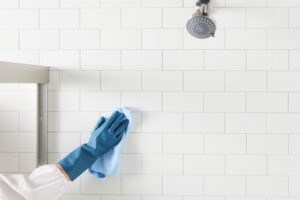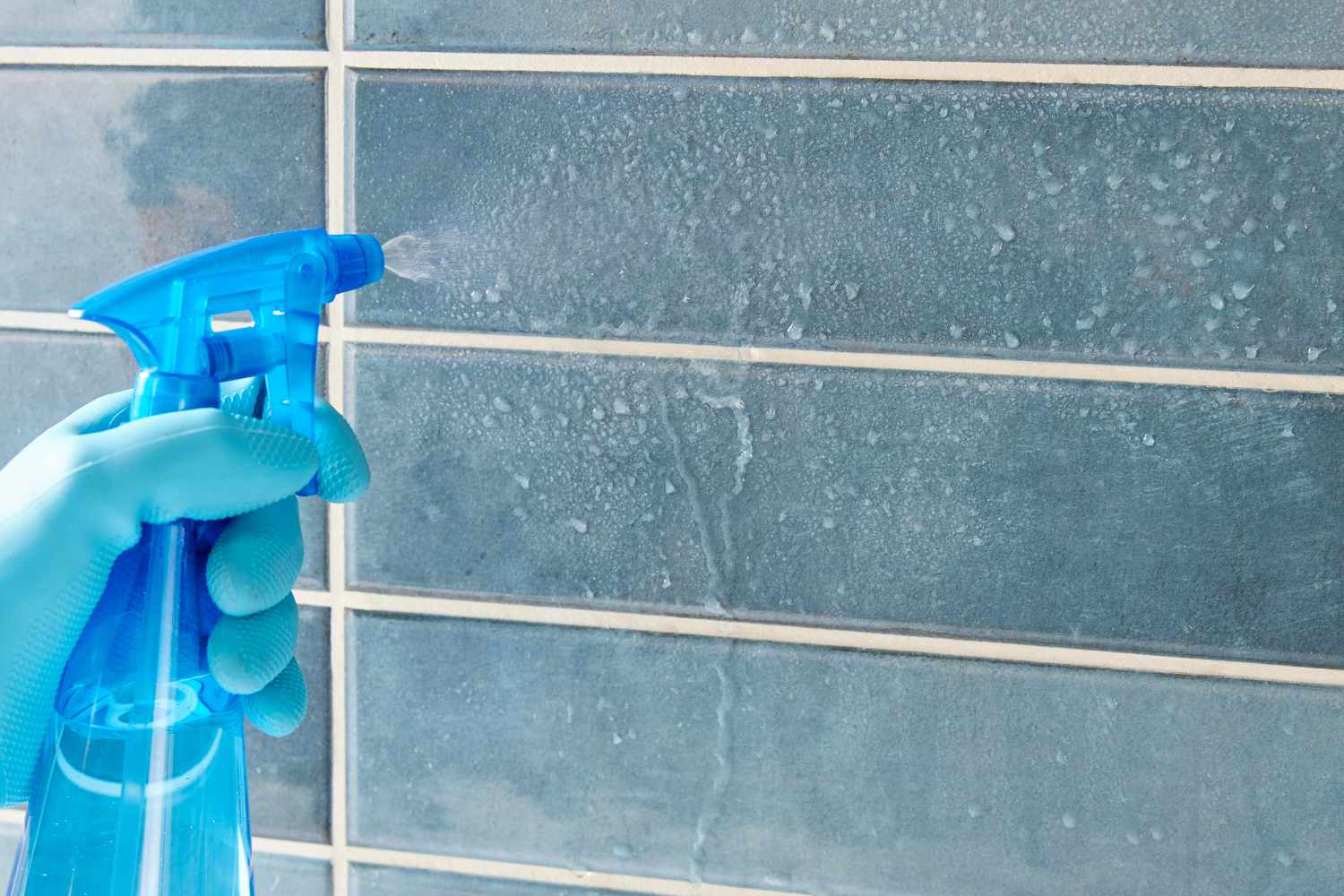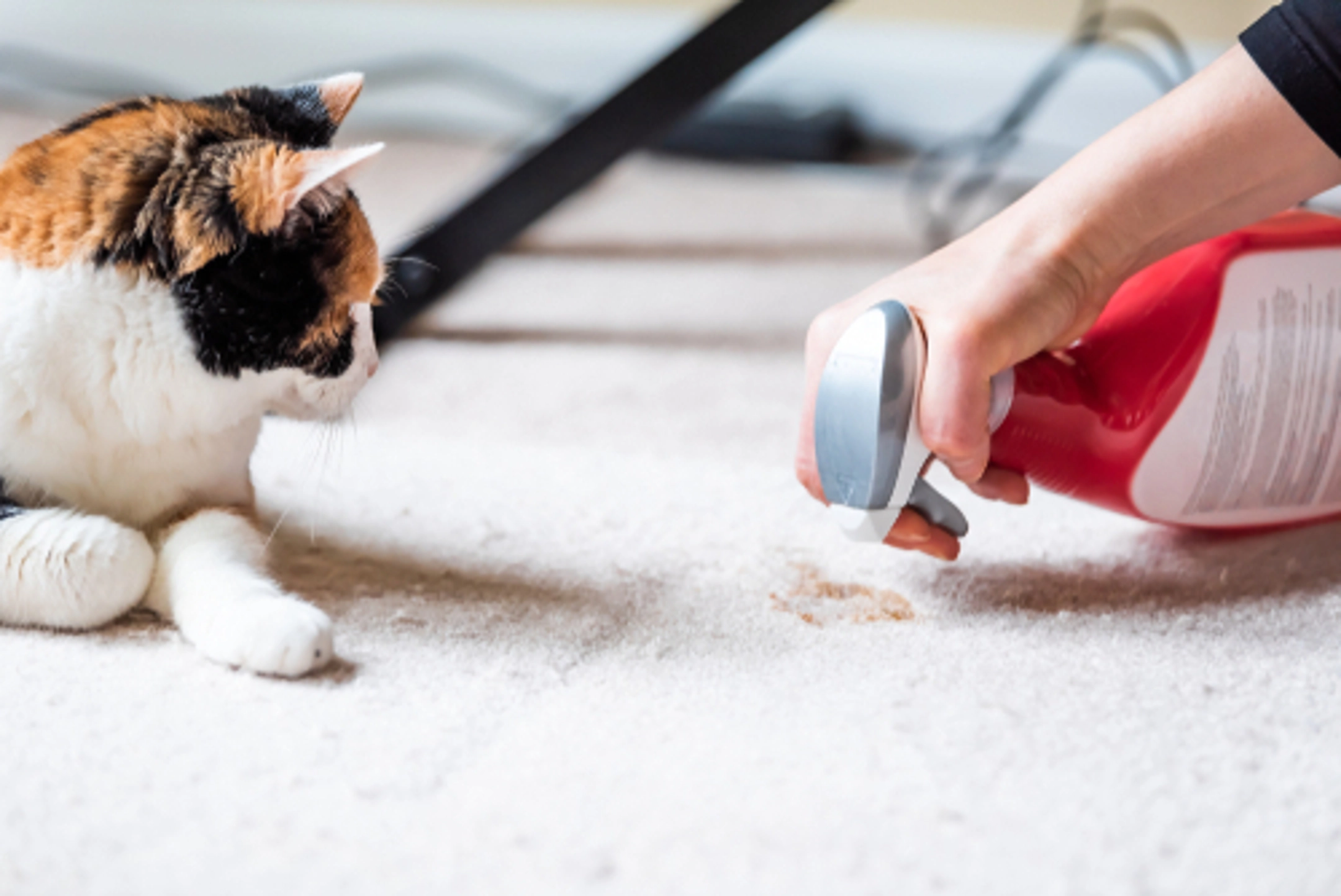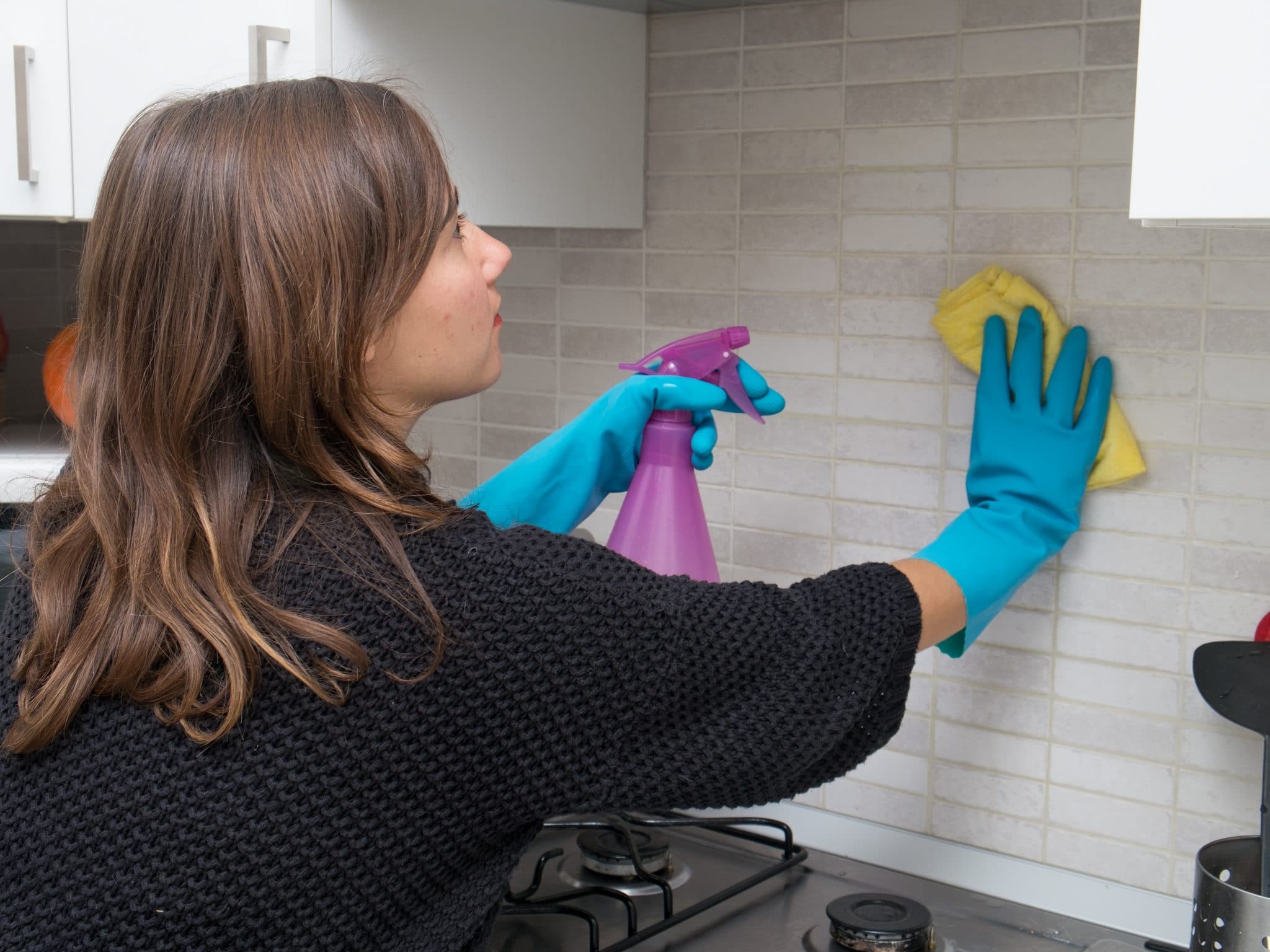Cleaning your shower tile may seem like a straightforward task, but many people make simple mistakes that can lead to buildup, damage, or ineffective results. Over time, improper cleaning methods can leave tiles looking dull, grout stained, and even contribute to mold growth. Understanding what not to do is just as important as knowing the right cleaning techniques.
Using the Wrong Cleaning Products
 One of the biggest mistakes people make when cleaning shower tiles is using harsh or inappropriate cleaning products. Many assume that stronger chemicals mean a better clean, but this is not always the case. Certain acidic or abrasive cleaners can erode the grout and damage tile surfaces, especially natural stone tiles like marble or travertine. Using bleach too frequently can also weaken grout over time, making it more susceptible to cracking.
One of the biggest mistakes people make when cleaning shower tiles is using harsh or inappropriate cleaning products. Many assume that stronger chemicals mean a better clean, but this is not always the case. Certain acidic or abrasive cleaners can erode the grout and damage tile surfaces, especially natural stone tiles like marble or travertine. Using bleach too frequently can also weaken grout over time, making it more susceptible to cracking.
Instead, choose a pH-neutral cleaner designed for tile and grout. If you prefer a natural approach, a mixture of mild dish soap and warm water can effectively remove dirt without causing harm. Vinegar, while popular in many DIY cleaning solutions, should be avoided on natural stone as it can degrade the surface.
Neglecting the Grout
Many people focus solely on the tile surface and forget that grout requires just as much attention. Grout is porous and can absorb moisture, leading to mold and mildew growth if not properly maintained. When neglected, grout can become stained and difficult to clean.
To prevent this, it’s essential to clean the grout regularly with a gentle scrub brush and a non-abrasive cleaner. If discoloration occurs, a baking soda and water paste can be applied and gently scrubbed in before rinsing. Sealing grout every six months helps protect it from moisture and stains, keeping it looking fresh for longer.
Scrubbing Too Hard
While it may be tempting to scrub aggressively to remove stubborn stains, excessive force can damage both the tile and grout. Using steel wool, scouring pads, or hard-bristled brushes can wear down grout lines and scratch tile surfaces, especially in delicate materials like glass or ceramic.
Instead, opt for a soft-bristled brush or a microfiber cloth for gentle yet effective cleaning. Letting a cleaning solution sit on tough stains before scrubbing can also make the job easier without requiring too much force.
Allowing Soap Scum to Build Up
Another common mistake is allowing soap scum to accumulate before addressing it. Over time, soap scum creates a filmy layer on tile surfaces, making them look dull and leading to potential mold growth in damp conditions.
The best way to prevent soap scum buildup is to wipe down tiles after each shower. A squeegee or a microfiber cloth can remove excess moisture and residue, reducing the amount of cleaning required later. If soap scum has already built up, a mild solution of dish soap and water or a commercial soap scum remover can help dissolve it without damaging the tiles.

Skipping Regular Maintenance
Many people wait until their shower tiles look dirty before cleaning them, which makes the task much harder than necessary. Allowing grime, mold, and stains to set in can lead to long-term damage and more intensive cleaning sessions.
A consistent cleaning routine prevents the need for excessive scrubbing and keeps the tiles looking fresh. Wiping down the shower after each use, cleaning at least once a week, and addressing any stains or discoloration as soon as they appear will make maintenance much easier.
Ignoring Proper Drying Techniques
Moisture is the biggest enemy of a clean shower, and many people fail to dry the surfaces properly after cleaning. Leaving excess water behind can contribute to mold and mildew growth, particularly in grout lines and corners where water tends to collect.
After cleaning, it’s important to rinse thoroughly and then dry the surfaces using a clean towel or a microfiber cloth. Keeping the bathroom well-ventilated by using an exhaust fan or opening a window can also help reduce moisture buildup and prolong the cleanliness of the tiles.

